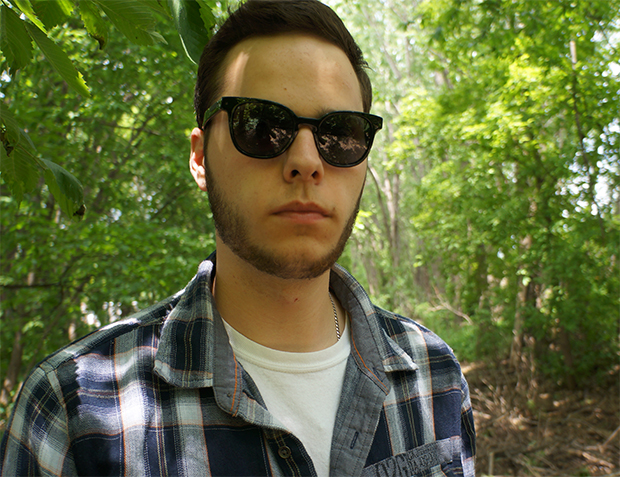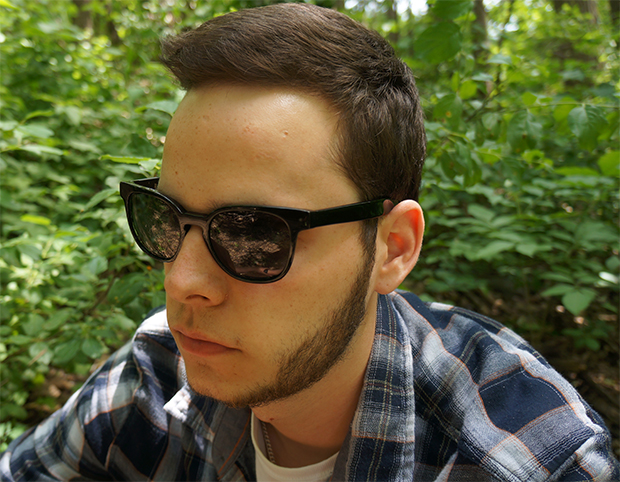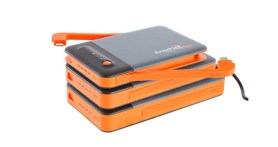

We have all heard about the benefits of sun protection and what being out in the sun for a long period unprotected can do to a person. Most of this education has come from our parents telling us to put on sunscreen, drink a lot of water and wear our sun hat. In all of the knowledge we’ve acquired, eye protection seems to be the last thing we hear about. The sun’s UV rays can have some pretty damaging effects on the lens and cornea of an eyeball. Sunglasses protect our eyes and we think that’s pretty important.
Videos by Outdoors
But we still see people head outdoors for a weekend of camping or a long hike, they opt to wear the sunglasses they picked up at a gas station because they worry about dropping or losing their more expensive (and better) sunglasses. We’re here to tell you to stop that. That weekend of camping may have you exposed to the sun more in 2-3 days than an entire summer. You want to be wearing the best, most protective, sunglasses on your face.
So maybe you’ve decided it’s time to break down and buy a good pair of sunglasses. But what are you truly looking for? There are thousands of different sunglasses on the market all talking about their different styles, tints, materials and UV protection, so what ones are right for you? Well we have taken it upon ourselves to find the 5 features that you need in your next pair of sunglasses.
1. UV Protection
We understand that some people buy sunglasses based solely on a fashion statement. Unfortunately all they are buying is a piece of plastic that sits on their face. Most truly fashionable (and cheap) sunglasses really serve no purpose when protecting you from the sun. What you need to be looking for are lens that block 99-100% of UV rays. This isn’t information you can glean just by looking at the lens, as the color or darkness has nothing to do with it’s ability to protect.

2. Tint/Lenses
Like cars sunglasses come in a variety of tints and lenses. To take even better care of your eyes you should pay attention to what tint and lens sunglasses have. Tints filter light differently and are not only fashionable but protective. A Grey-tinted lens is great for driving because it reduces the brightness but doesn’t have any color distortion. Amber or brown lenses, are very popular and are great for reducing glare and blue light. You can also get a tint known as Gradient. This starts out darker on top and fades to a lighter tint near the bottom, that blocks sunlight without darkening everything. To gain better protection from the sun, polarized sunglasses cut reflected glare really well and are used in most of the sunglasses we would choose to wear.
3. Material Of Frames & Lenses
Most sunglasses are made out of plastic. But the type of plastic they’re made out of can make a huge difference. The ones you get for $5 at the gas station are probably not made with a high quality plastic. When looking for a great pair of sunglasses, always opt for stronger plastics, such as a Zyl Acetate or blended Nylon. They are less likely to break or shatter and injure your eyes. Lenses are also made from many different materials from glass to polycarbonate and CR-39. It really just depends on what you’re going for here as each have their pros and cons. Glass has great clarity but can be expensive and heavy. If you’re really rough on your sunglasses, Polycarbonate may be the way to go as it is tough but the optical clarity isn’t quite as good. The most common lens would be CR-39, it is a plastic lens that is lightweight with superior optical clarity and an above average resistance to being scratched.

4. Fit
Fit is important, not only so they look fashionable but so the glasses truly protect you from UV rays. Sunglasses that fit well, will actually block more UV light than ones that do not fit your face correctly. To find a well-fitting pair of sunglasses they first need to fit snug on your face, not to tight where they hurt or are uncomfortable. The next thing to check is where the center of the lens lines up. It should line up perfectly with the center of your eye. One issue we’ve seen is that the lens is so wide that it lets a lot of the UV rays in the side, which defeats the purpose of 100% UV protection. For that reason some people will choose a wraparound style to help ward off rays coming in on the side of your face.
5. Style
Lets face it, style is important. If you don’t like how the glasses look or feel on your face, you’re going to wear them. But certain styles and shapes can effect the level of protection you receive. You first need to figure out when you will be wearing your sunglasses most, playing sports, sitting on the beach, driving? If you want to be truly active in your sunglasses, you’ll want a sleeker, wraparound looking to protect you from all angles as you move. If you’re planning on doing some light hiking or sitting on the beach, you can get away with almost any style from round, to aviator and wayfarer.
Looking for some stylish yet practical options? Here’s our list of the best hiking sunglasses.








